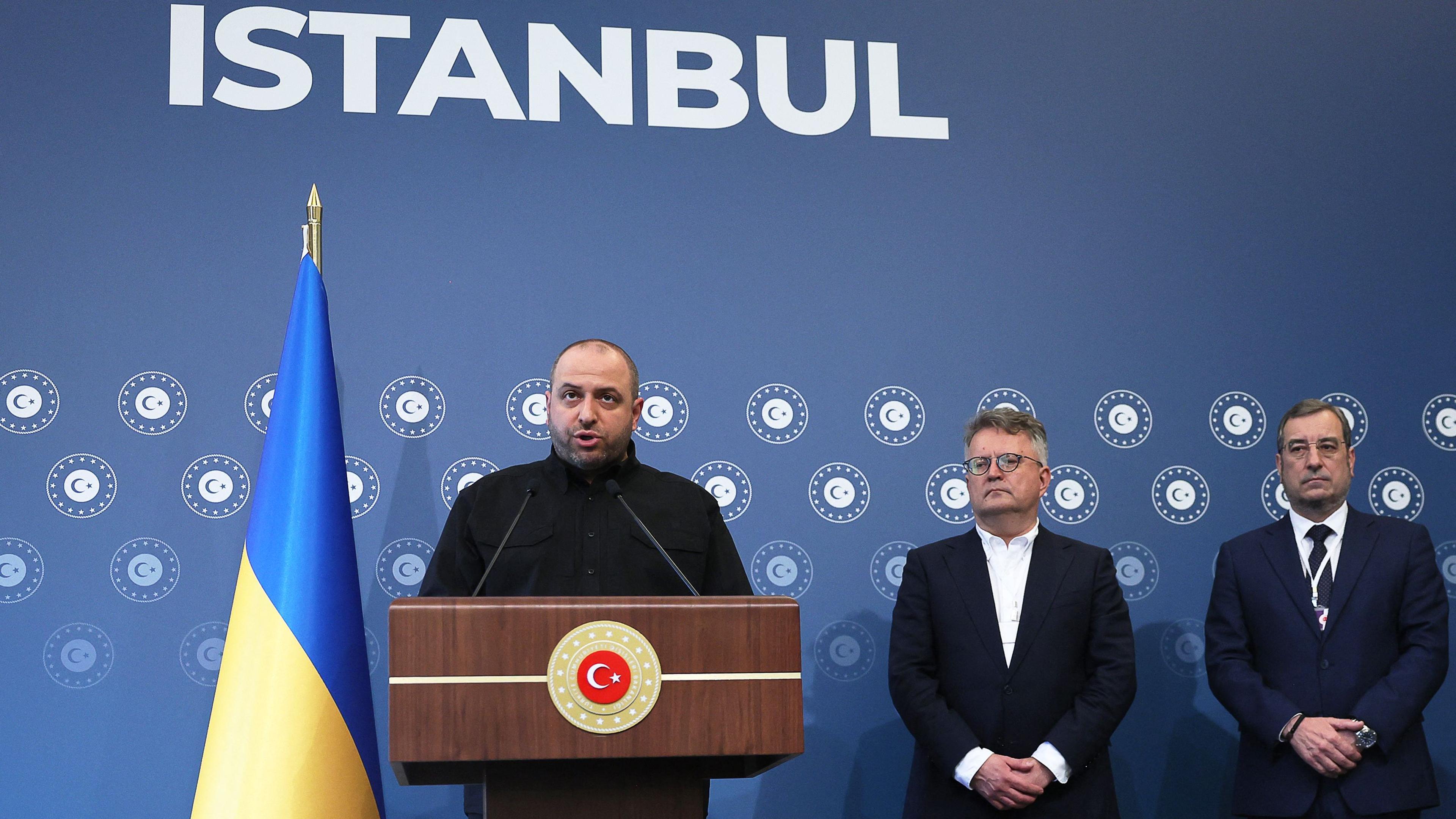CartHik Muralidharan In an interview: Future belongs to the optimist!

« The future belongs to the optimists! »
Climate crisis, wars and unsafe perspectives dominate the world events. But the Indian -born economic professor Karthik Muralidharan says the state of the world improves. Thanks to his research, he also knows what it takes to accelerate development in poor countries – and how Switzerland can help.
Development economist CartHik Muralidharan (49) is one of the most important current thinkers in the question of how developing countries can escape poverty. He advises the Indian government and has published the book “Accelerating India’s Development: A State-Led Roadmap for Effective Governance”. We met him for a conversation at the University of Zurich.
Mr. Muralidharan, despite all the problems in the world, you have a very optimistic view of the future. Why?
Muralidharan CartHik: If you look at the most important global development indicators, be it the child mortality or the proportion of children who go to school – then the world has never been in better condition!
In view of climate change, wars and economic crises – is it really better for people?
There have always been challenges. Much is a question of perception: it is easier for the media to sell fear than hope, right? There is no doubt that we can do a lot better. So it is a careful, but not unfounded optimism. The data show: The condition of humanity improves.

« I am neither naive nor unrealistically optimistic, » says Muralidharan business professor.
That’s why you wrote this book?
Exactly. In the past 20 years we have learned so much about how we can accelerate the development. I would like to make this knowledge accessible to a wider audience.
Her focus is on India. Why are the learning results so bad there despite progress?
If you look at the per capita BIP, India is at the level of development that you would expect in this economic situation. But it often takes one or two generations for learning progress. Because the most important factor for this is the family home. The government endeavors to build schools and make education accessible to all children, but many of them are the first generation in their family to go to school at all. Your parents cannot read and write so that there is hardly any support from home.
How can the development be accelerated?
Today we know a lot more about how children can learn better and faster. A central problem for teachers in Indian schools are the big differences in performance between the students. For example, if I teach an eighth class, only a few students are actually at the eighth grade level. Some are at the seventh stand, others even only in the second class.
Even committed teachers are overwhelmed with this heterogeneity. With the help of personalized, adaptive learning software, the lessons can be individually adapted to the level of each child. This increases efficiency enormously. That was not possible 20 years ago. My central point is therefore: We can achieve a lot more today if we use the existing knowledge better.
Then does every child need a computer?
A lot of innovation happens in rich countries such as Switzerland or the USA. In India, on the other hand, we speak of so -called “frugal innovation”. This means: 80 percent of the quality of only 10 percent of the costs because we have to act extremely cost -consciously. Even if you cannot give each child your own computer, you can set up computer rooms with 20 devices, for example. Each class can have individualized lessons for several hours a week. We already see that this makes a big difference. And with falling costs per device, access is possible for more and more children.

Not every child needs their own computer to learn: students of the national science center in Delhi.





:format(jpeg):fill(f8f8f8,true)/s3/static.nrc.nl/bvhw/wp-content/blogs.dir/114/files/2019/01/vos-marjoleine-de-online-homepage.png)

